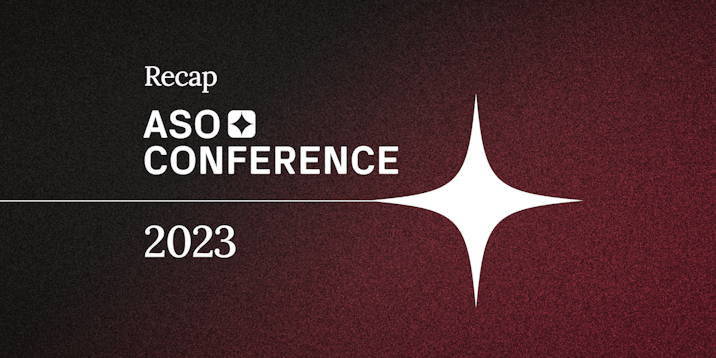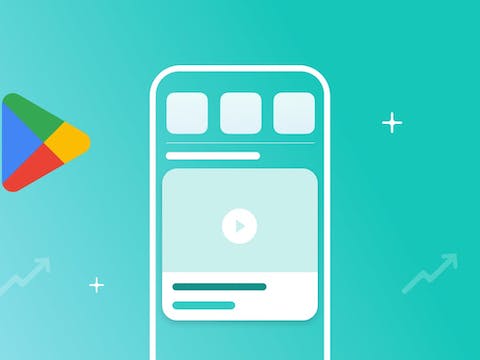
Google Play Promotional Content (LiveOps): Best Practices
The dynamics of the mobile industry are ever-changing. What started as a term describing how to patch and fix bugs has now evolved into a tool used to boost awareness of your in-app events, offers, and major updates to targeted users and countries across the Play Store – promotional content.
Expert Tip
Edit: In November 2022, Google announced that LiveOps would be renamed to “promotional content” to better reflect the current content types and new ones that will become available over time. With this announcement, Google also released new updated content guidelines and recommendations that will have an impact on your event’s visibility and promotion across the Play Store.
Promotional content (formerly LiveOps) on Google Play helps to improve user engagement, monetization, and lifetime value. In fact, Google stated that apps that had run promotional content during the closed beta registered an average of 5% more active users and 4% higher revenue than apps that had not. For both apps and games, promotional content are a way to keep things fresh, unique, and exciting for users and promises to play a key role in the future of ASO on Google Play.
What is Google Play promotional content?
Promotional content (LiveOps) on Google Play is in-app content, major updates, or limited-time events in your app/game that you can showcase to users across Google Play to boost user engagement, stimulate sales, and reduce player churn.
Promotional content can appear on the Games tab, Events tab, store listing page, or in search results. The feature allows approved developers to promote different in-app events, embed a deep link within the event, and receive a boost in visibility across the Play Store from both new and returning users.
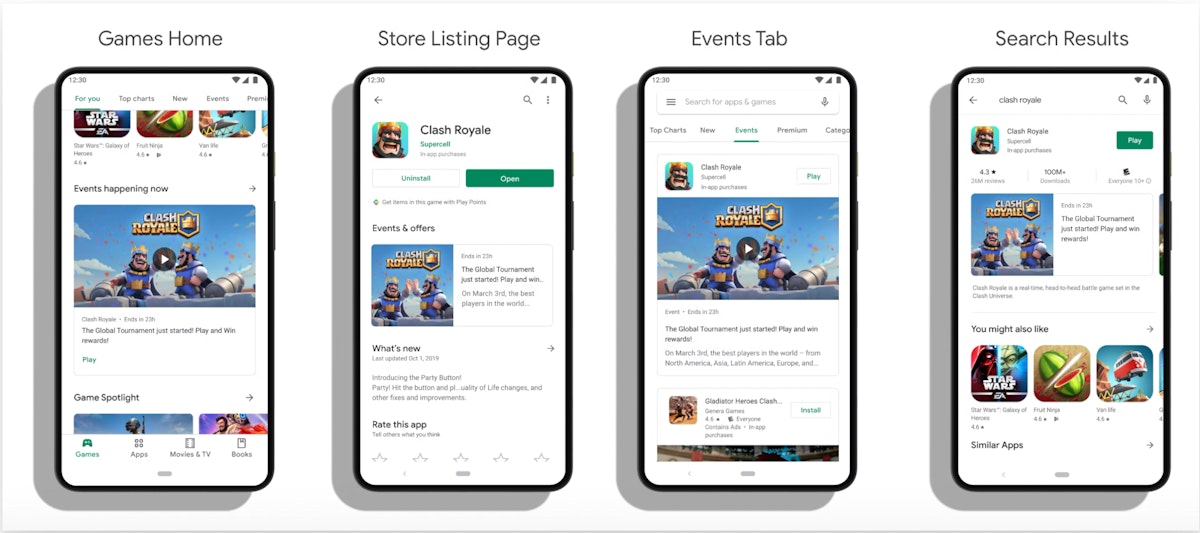
In other words, Google Play’s promotional content allows developers to make and promote any changes that occur within their mobile games while the game is still live, without needing to release a new version of the entire game. This feature can thus help boost retention rates and improve user experiences by ensuring the regular showcasing of exciting content and interesting updates to your app/game. Promotional content also includes analytics, which allows you to understand their impact and analyze the key metrics for each event.
Difference between promotional content & in-app events
Google Play promotional content and iOS in-app events share a lot of similarities in terms of the ability to reach new users, re-engage current users, and promote new app content across both stores without an app update. Both promotional content and in-app events help developers:
- Target the right audience (based on country/region or user eligibility).
- Increase your app visibility across the stores.
- Increase your search visibility. Like in-app events, promotional content can also appear in the search results on Google Play. However, we do not yet know whether the keywords on promotional content can be indexed by the store.
With these similarities, there are still some key technical differences between promotional content and in-app events when it comes to metadata, creatives, and event details:
| Event Detail | Google Play Promotional Content | iOS In-App Events |
| Event name | N/A | 30-character limit (indexed) |
| Tagline / short description | 80-character limit | 50-character limit (indexed) |
| Long description | 500-character limit | 120-character limit (not indexed) |
| Images | Primary: 1920×1080 px, 16:9 aspect ratio; Square: 1080×1080 px, 1:1 aspect ratio | Event card: 1920×1080 px, 16:9 aspect ratio; Event detail page: 1080×1920 px, 9:16 aspect ratio |
| Videos | YouTube URL with video monetization turned off | Supported extensions: .mov, .m4v, .mp4, no longer than 30 seconds |
| Badges / event types | Offer, event, major update, pre-registration announcement, crossover | Challenge, competition, live event, major update, new season, special event |
| Number of events | No maximum limit | Maximum of 5 live events at one time |
| Maximum duration | 7 days (major updates, pre-registrations), 4 weeks (events, crossovers), or unlimited (offers) | 31 days |
One other key difference is that promotional content includes the “Offer” event type, which allows developers to grant discounts, deals, or free rewards as part of a promotional content. These offers can appear under their own separate “Offers” tab on Google Play, a feature that is currently lacking in Apple’s in-app events.
Learn strategies and best practices for iOS 15 in-app events.
Types of promotional content and when to use it
Selecting the correct type of promotional content is part of Google’s official content guidelines. So when planning for promotional content, it is important you understand the different types of promotional content and use cases. Miscategorizing your promotional content may cause Google to limit its reach and impact. Here are 5 types of promotional content that can be featured on Google Play:
- Offers: Offers include discounts or $0 items made available to users, including giveaways for joining an event, value-adds, and bundles. If your app is running an event that includes high-value deals such as discounts or exclusive free items, you should select “Offer” as your promotional content type. Offers can be time-limited up to 28 days, or run indefinitely if targeting specific types of users.
- Events: These are non-offer, limited-time events happening in your app or game, such as tournaments and challenges. Limited-time events can also include holiday-themed events, special competitions, or even engage users by giving them new leaderboards for which they can compete.
- Major updates: Significant updates like new gameplay features, content drops, or major in-app products like battle or season passes. This could be the addition of a new level or multiplayer mode in your mobile game, as well as the release of new episodes or shows on a streaming app.
- Pre-registration announcements: Updates for pre-registered users, new content to keep users excited and informed, instant app demos, milestone rewards progress, or global release announcements.
- Crossover: A crossover between games or IP collaboration events. If your crossover offers a reward or discount, you should select “Offer” as your promotional content type.
How to implement promotional content for your mobile game
Promotional content is especially important for mobile games that rely on retention rates and in-app purchases to become profitable. These games are only monetized through large audiences who are active and engaged. Therefore, it is important to come up with creative ways to keep your app or game fresh, new, and exciting. Here are a few ways in which you can implement promotional content for your mobile game:
Holidays & anniversaries
The simplest promotional content tactic is to run a special sale for a holiday or anniversary, as these events offer the opportunity to try interesting things and provide set dates to plan for. Using promotional content to create special limited-time offers during holiday events is a quick way to test the waters on user reactions.
47b6.png)
For example, Pokémon UNITE is running an event celebrating the game’s first anniversary. The event tagline and description use most of the available character space and detail all the different components of the event, including a new game mode, special sale, and ongoing challenge. Pokémon UNITE is also using a unique image made for the first-anniversary celebration.
Visualize & monitor your competitors’ promotional content on AppTweak
Competitive tournaments
For games, competition can drive high engagement and incentives to monetize. If you are a fighting game or RPG, consider holding a community-wide tournament where players can compete for spots on a leaderboard and the winner can get access to a highly coveted reward. However, be cautious not to create a “pay-to-win” feel.
Challenges
Challenges are more lightweight and easier to execute in games than tournaments, but may not drive as high of an impact as competitive events. Challenges are like limited-time achievements and encourage users to be active and complete activities to achieve a goal before the event ends, such as teaming up and going on raids with other players.
Loyalty rewards
One way to improve retention is to create special offers for long-time players and VIPs. Create a limited-time bundle that gives VIPs a new game setting to play against one another, along with some exclusive content for purchasers of the bundle. These bundles can also contain items that players can collect over longer periods of time and can be used to redeem rewards after collecting a certain amount. This can help build loyalty and create repetitive behavioral patterns tied to engagement.
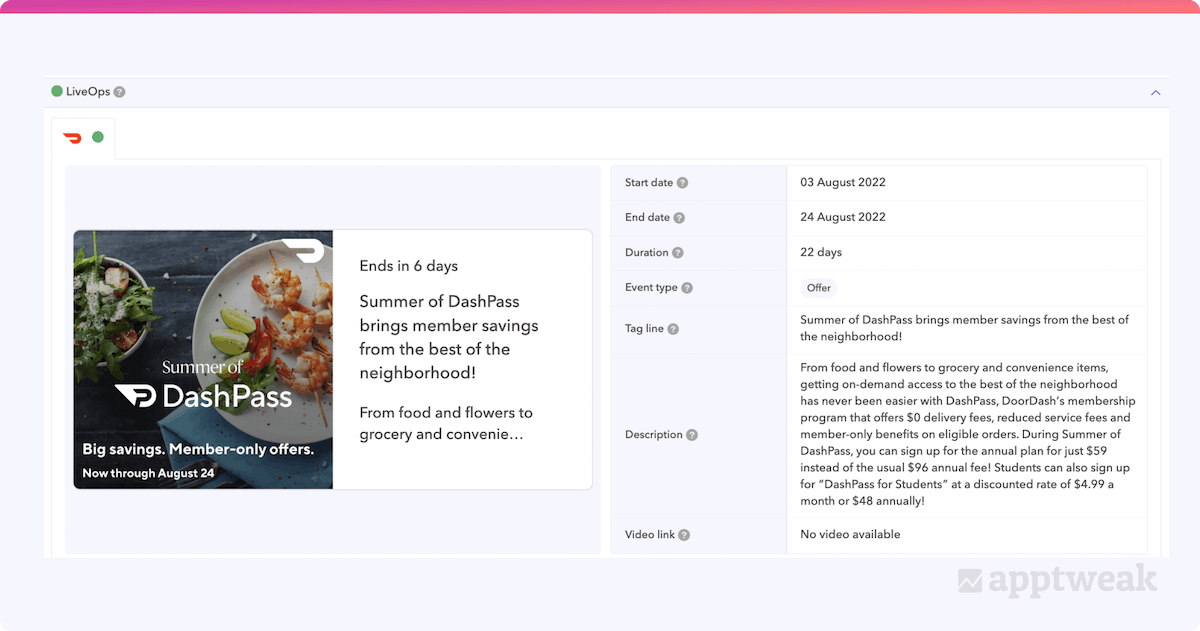
Loyalty rewards can also be promoted through promotional content by mobile apps. For example, DoorDash is currently running a promotional content offer promoting its “Summer of DashPass” event which “brings member savings from the best of the neighborhood.” Both the tagline and description use the full available character count and clearly explain the event and promotional offer. DoorDash is using a unique creative specifically made for this promotional content event, visually showcasing the event name and additional, high-level information. With the event clearly benefiting “members-only,” the promotional content promotes DoorDash’s membership scheme and further helps to increase consumer loyalty.
Best practices for promotional content on Google Play
At first, the idea of promotional content can seem daunting, but setting up an attainable strategy will help you get started. Below, we have listed some tips to help you start preparing for promotional content:
Listen to your users
Go through your reviews and ratings, look at similar apps in your category to understand the variety of gameplay, ask users for their feedback through surveys, or check social media platforms and forums to get a clearer picture of what users want and how they can be addressed through promotional content.
Be creative & informative
Promotional content is a great opportunity to utilize creativity to attract and engage users. However, in the following example, Call of Duty Mobile’s promotional content leaves some space for improvement. For instance, the card showcases a generic creative image that is not specific to the event. Furthermore, the event tagline and description utilize less than 10% of the available character count and do not provide much information about the event details. With the event type an “Offer,” it remains unclear as to what exactly is being offered to players.
To improve the promotional content card’s alignment with best practices, Call of Duty Mobile could create a promotional content image that stands out more on the store and clearly references the in-app event, and incorporate more specific details in the card metadata.
47b6.png)
Spy on your competitors
Get an idea of the type of promotional content events your competitors are running. Using AppTweak, you can track and monitor your competitors’ promotional content, including the event type, metadata, creatives, and duration. This can help you understand what your competitors are doing and the resources your team would need to run similar events.
Check your resources
Does your team have the bandwidth to create, manage, and monitor all your promotional content? Do you need to look for extra help to build this event? Can any of your events be automated? Answering these questions can help you determine what types of promotional content are feasible for your app and game team.
Plan ahead
Have a calendar of planned promotional content events far in advance to help plan around holidays, real-life events, and other internal and external factors. This will help you better understand the amount of time and resources you will need for each promotional content beforehand to be able to implement changes as needed.
Establish a cadence
While planning ahead, it is important to establish a cadence of promotional content events to help with internal organization as well as create repetitive behavioral patterns in users. Releasing a new season pass consistently can help new users get started as well as entice lapsed users to return to the game. Also, be strategic about offering both regularly scheduled and spontaneous limited-time events and choose to release them on the days of the week that work best for your users.
Provide variety to gamers
Different promotional content events and offers appeal to different types of players. Try spreading rewards over multiple event types to encourage broader participation in-game and design events with different player segments in mind. For example, events tailored to new users may encourage basic gameplay to form the desired habits, while events for long-time players may drive competition or social status with exclusive rewards.
Perform an A/B test
Develop a hypothesis, segment your audience into testing groups, and then test and iterateto find the updates that performed the best for users. While Google does not currently allow for A/B testing of promotional content metadata, developers can still run tests within the app itself. For instance, if you want to run an event with an offer for a new bundle, you can show the offer to different user segments to see which is the most receptive. In addition to pricing, there are other components worth testing, such as the number of activities required to complete an event challenge, event duration, use of push notifications, and in-app messaging.
How to set up promotional content on Google Play
Promotional content can be created at any time, but must be submitted within 14 days of the event start date. It can take up to 4 days to approve your event, so plan to submit your event at least a few days prior to the start date to ensure it goes live on time.
Expert Tip
You can’t edit your event after you submit it, so make sure everything is correct before submission.
To create a promotional content event or offer in the Google Play Console:
- Go to the promotional content page (Grow > Store presence > promotional content).
- Click on “Create Event.”
- Add the following information:
- Event name: An internal event name that is only displayed in the Play Console.
- Event type: Choose an event type (see types of promotional content above).
- Offer type: If your event is an offer, specify what type of offer it is. This allows Google Play to display offers correctly, helps quicken the review process, and enables users to see offers of similar types.
- Countries/regions: One or more countries/regions where this event will be displayed.
- Start/End date and time.
- Priority: If you have multiple events for your app or game, this selection determines which event will be shown first.
- User eligibility: If your event is an offer, you can select which users are eligible to see it.
- Provide your event’s text and graphical assets
- Tagline (required)
- Description (required)
- Primary Image (required)
- Square Image (required)
- Video (highly recommended)
- Click “Submit event” to publish it on Google Play. You can click “Save” as a draft to save your work without submitting to Google Play.
Conclusion
With ASO 2.0 coming into effect, promotional content will become more sophisticated going forward. As older games figure out how to implement events into their existing gameplay, and as new games plan for events as an important part of gameplay, new innovations around promotional content are certain to develop. The biggest differentiator will be the creativity of those promoting these events, offers, and challenges and how they resonate with users.
While promotional content can contribute to short-term spikes in revenue when executed properly, this feature can even retain and engage users to create lifetime value. When planning promotional content for your app or game, remember that you should not be aiming for quantity but rather community and data-driven, personal, and impactful quality.

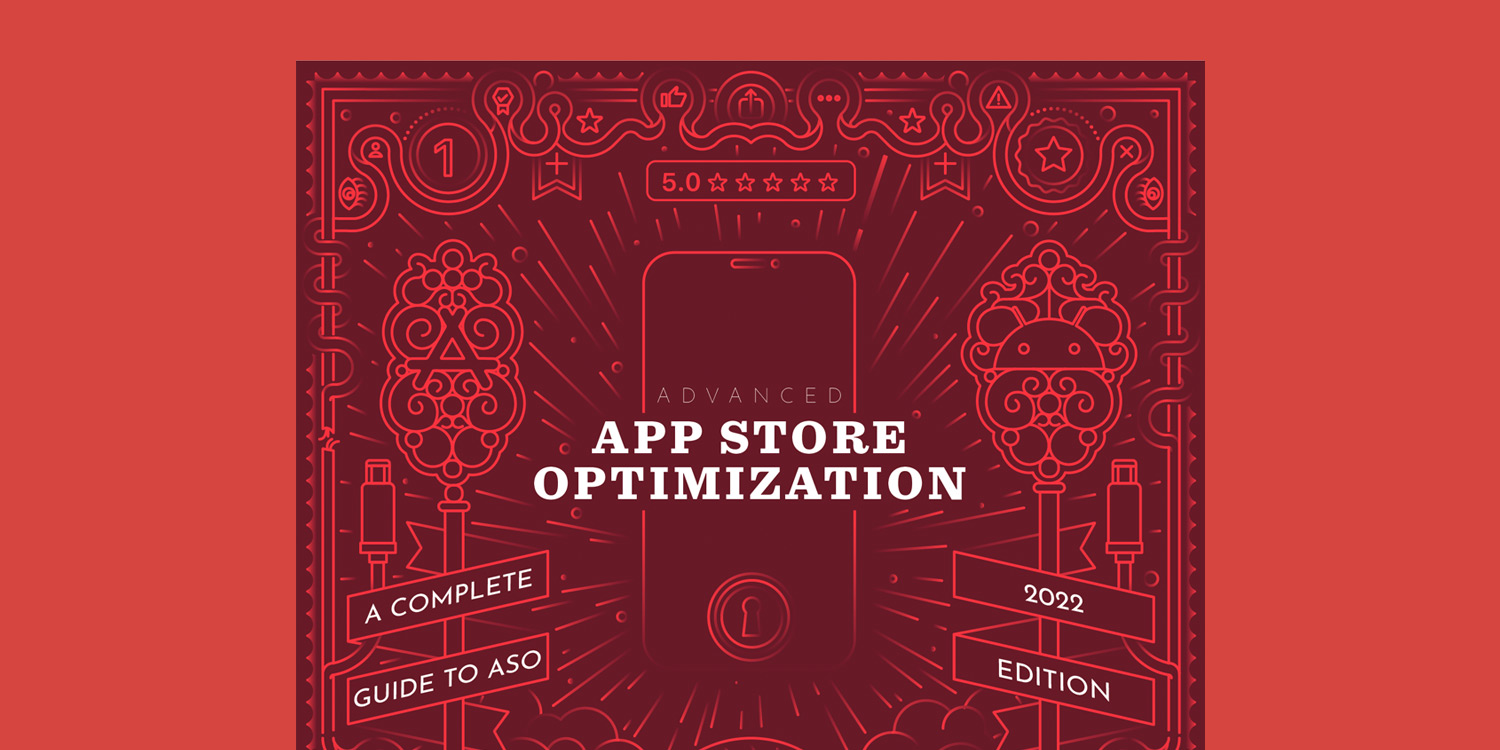
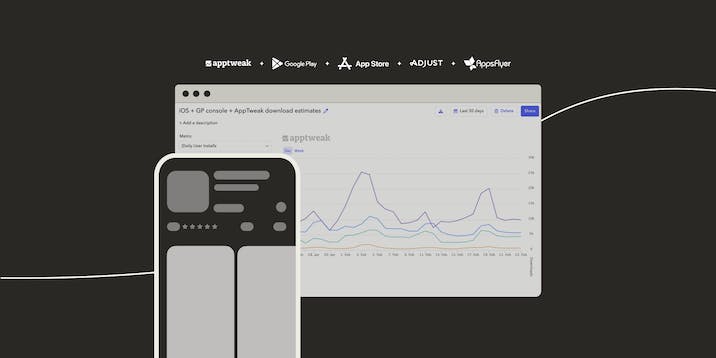
 Antoine Bentin
Antoine Bentin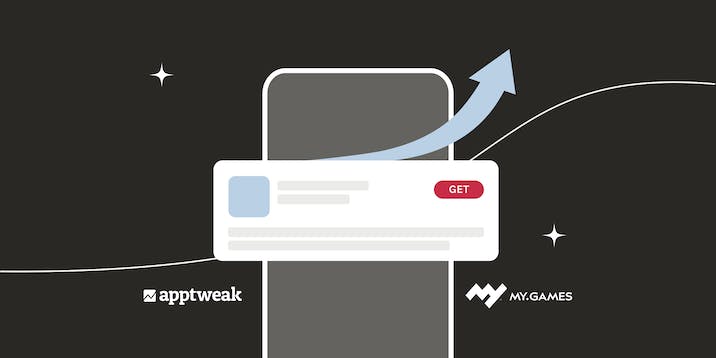
 Mariia Chernoplyokova
Mariia Chernoplyokova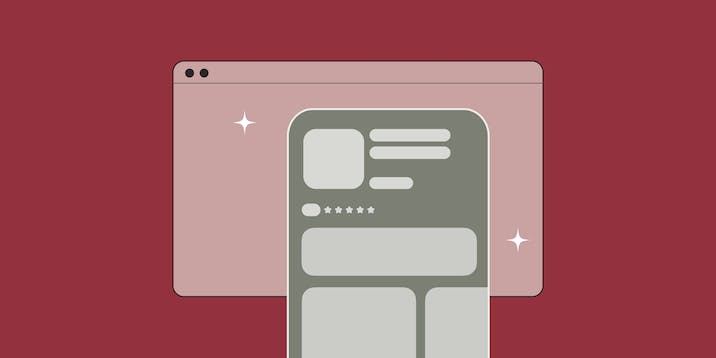
 Flavien Eyer
Flavien Eyer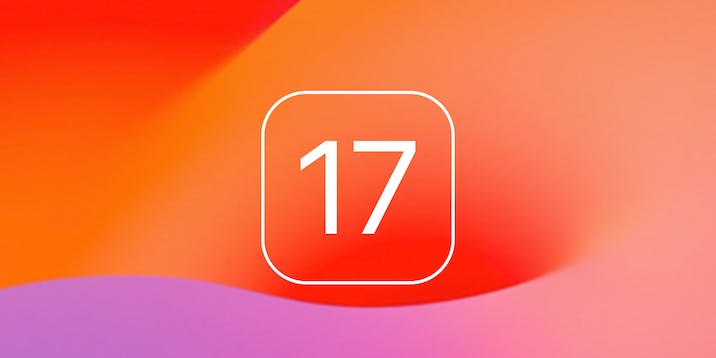
 Simon Thillay
Simon Thillay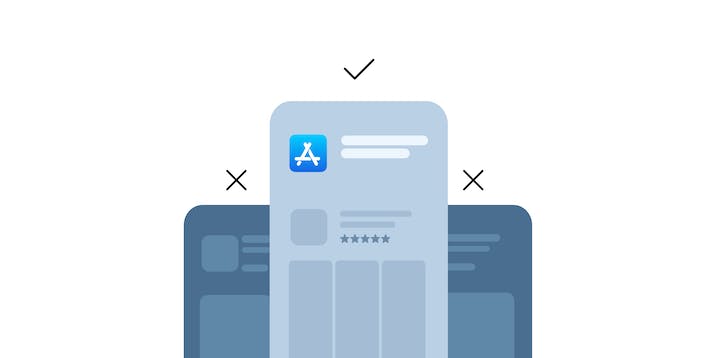
 Justin Duckers
Justin Duckers